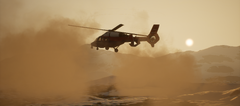- 0 replies
- 1,985 views
- Add Reply
- 0 replies
- 2,832 views
- Add Reply
- 4 replies
- 3,442 views
- Add Reply
- 6 replies
- 1,802 views
- Add Reply
- 2 replies
- 1,685 views
- Add Reply
- 2 replies
- 2,098 views
- Add Reply
Hard bargain on US pacts

By Erik,
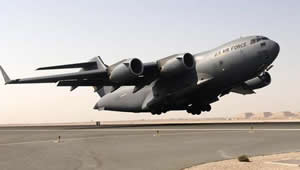

Telegraphindia -- SUJAN DUTTA
New Delhi, Oct. 20: New Delhi has decided to play hardball on military pacts with the Pentagon after expectations were raised that the pending agreements may be signed during the visit of Barack Obama in about two weeks from now.
“We are in consultation with the armed forces about the benefits and utility of these (agreements),” defence secretary Pradip Kumar said here
First Gripen flight for Saab´s new CEO

By Erik,


Håkan Buskhe has only been CEO of Saab for one and a half months but he has already travelled the globe marketing Gripen to several countries. Yesterday, Mr Buskhe got his first flight in the Gripen fighter, taking-off from the Saab airfield in Linköping, Sweden.
Image: Ola Rignell, head of Saab Flight Test, congratulates Saab's new CEO Håkan Buskhe (right) after his first flight in Gripen. Photo: Per Kustvik
SAAB -- October 2010
The flight, in a Gripen D (39827) lasted for
World's fastest helicopter races above Palm Beach County

By Erik,
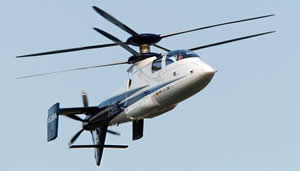

PalmBeachPost -- By Stacey Singer
Sikorsky had picture perfect weather to show off the world's fastest helicopter Wednesday morning, and X2 test pilot Kevin Brendenbeck didn't waste the opportunity."Are you ready to get spanked?" he asked the Bell 407 pilot about to race him over the swampy tarmac off Beeline Highway.
It was a first glimpse of the X2 for media and for many of the subcontractors whose components helped make the aircraft; an adrenaline-fueled day designed to amp up
CombatACE Facebook Winner - Week 4

By Erik,


CombatACE Facebook Contest Winner
Week 4 - Carlo Vecchi
The Randomizer selected #10 this week and on our Facebook list that is Carlo Vecchi. Congratulations!
Week 1 - Ivan Adamek
Week 2 - Shaun Griffies
Week 3 - Matthew Mckee
Carlo post on our Facebook page what your CA username is, then send us a PM here so we know you posted. Once we have that information we'll get your free download subscription added to your account. See you again next week for our latest winner. If you
WSJ: FAA Modifies Airspace Restrictions for New Boeing Jets

By FastCargo,
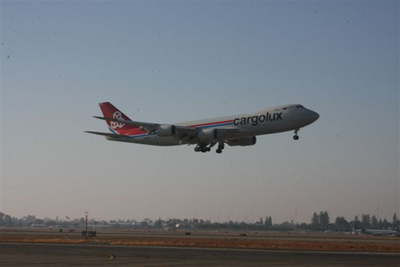

WSJ: FAA Modifies Airspace Restrictions for New Boeing Jets
Photo by Joe Contreras
By Andy Pasztor and Peter Sanders Of THE WALL STREET JOURNAL
Article
A week after issuing interim rules to protect aircraft from the wake turbulence generated by Boeing Co.'s (BA: 70.39 ,-0.97 ,-1.36%) latest jetliner models, federal regulators abruptly reversed course and said the restrictions were premature.
The FAA's surprise move on Tuesday left industry officials and safety experts unce
SpaceShipTwo Flies Free

By FastCargo,
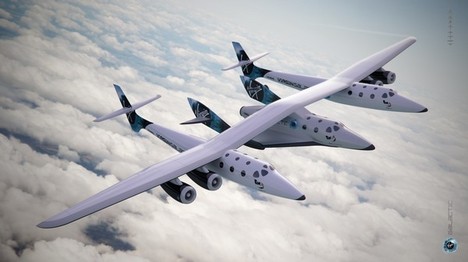

SpaceShipTwo Flies Free
SpaceShip Two Flies Free
SpaceShipTwo, the spacecraft that will take paying passengers to the edge of space, had its first manned free flight Sunday, dropping from the launch aircraft mothership Eve 45,000 feet above the Mojave Desert. Owner Virgin Galactic said the spacecraft, now named VSS Enterprise, glided to successful landing 11 minutes later at the Mojave Air and Space Port in the high desert of California. On board were pilot Pete Siebold and copilot






